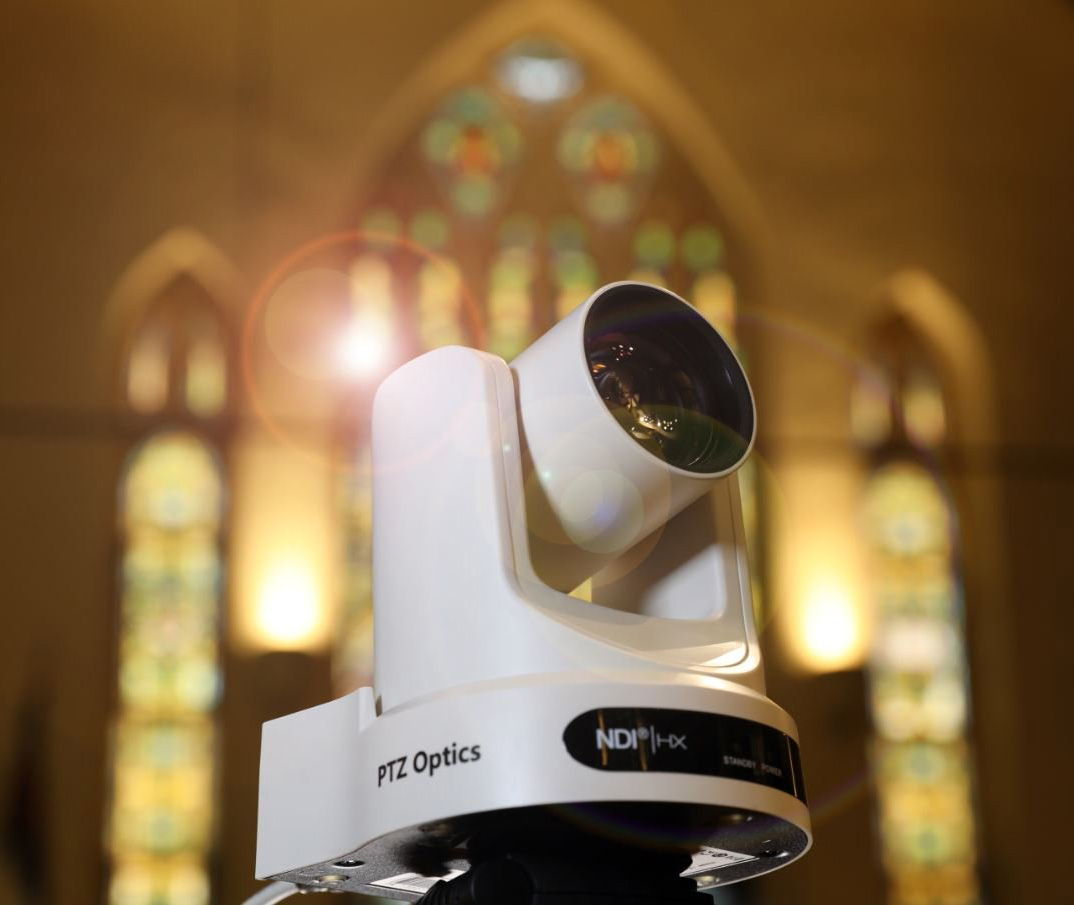Viewpoint: If You Need Something, Just Ask
Customer-led innovations are welcome in the Pro AV industry.

How many times have you thought, while working on a project, “There has got to be a better way?”
Perhaps you knew exactly what you needed to make the system work more efficiently, simplify its design, or improve the user experience—but that missing piece just didn’t exist. Given a few days in a shop, a bottomless rummage bin of OEM parts, and a limitless supply of time, you could build the widget yourself. However, few integrators have that luxury, and it’s not exactly a scalable approach.
[Beyond the Tech: Cutting Corner Concerns]
Manufacturers, on the other hand, have dedicated R&D labs, OEM relationships, and the capacity to take an idea from brainstorming through to production. AV manufacturers are also surprisingly accessible and receptive to ideas: Many leading AV companies will not only create custom solutions for their customers, but often end up productizing the results. Sometimes, getting the non-existent product you need is as simple as asking for it.
It's Not Easy Being Green
Designing systems for the modern enterprise means balancing many conflicting desires. The office should be connected and modern, but also responsible and eco-friendly. Especially in the wake of the hybrid workforce revolution, it’s not easy being green.
“One of our Fortune 500 customers has committed to reducing their greenhouse gas emissions by 90% by 2045,” said Tomer Mann, chief revenue officer for 22Miles. “Always-on room signage is not compatible with that vision, but to support the dynamics of the modern workplace, they still need a frictionless experience for booking meeting rooms and hot desks. They asked us to find an eco-friendly way to deliver our world-class space management solution.”

The request led to a new partnership between 22Miles and EcoPUK, makers of “sustainably smarter signage.” EcoPUK manufactures panels from sustainable materials, laser-engraved with a QR code and other custom branding or information, and equipped with an NFC tag.
A daily selection of features, industry news, and analysis for AV/IT professionals. Sign up below.
It was the perfect marriage of software and hardware for the project: Users tap or scan an EcoPUK panel with their personal mobile device to access space booking software, which is powered by the 22Miles content management system (CMS). The 22Miles CMS has native integrations with Zoom, Teams, Office 365, G Suite, and Exchange. With a couple of taps, users can verify whether a space is available, view alternate spaces, book a meeting, add a videoconference link, and send invitations to colleagues. 22Miles is now the exclusive global distributor for the EcoPUK solution.
[Maximize Digital Signage with Content Planning, Management]
“Replacing traditional digital room signage with ecoPUK results in serious emissions savings,” said Mann. “The initiative works because the solution also offers a great employee experience.”
We’ve Already Got One
A livestreaming setup is never quite done. There’s always something to upgrade, new software to learn, or one more piece of gear needed to make everything run smoothly. The constant cycle of improvement can result in a hopelessly complex setup, leading some customers to declare, “Enough! Can’t we just use what we already have?”
That’s exactly how MIDI control came to PTZOptics cameras. “We got a request from a house of worship customer, asking if we could enable them to call camera presets using Pro Tools,” recalled Geoff Robinson, product manager for PTZOptics. “They were already using a DAW [digital audio workstation] to control most aspects of the service, and they didn’t want to add a whole separate controller just for the cameras.”
PTZOptics initially created a limited MIDI control application that recalled presets using specific MIDI notes, which it made available to all its customers for free. “Why not?” said Geoff. “We’d already built it, and it just made our gear more valuable.”

The experiment caught the attention of the MIDI Association, which reached out in early 2022 and asked if PTZOptics had any plans to expand its MIDI control capabilities. Six weeks later, PTZOptics rolled out fully configurable MIDI control for its entire line of PTZ cameras.
Users can control a PTZOptics camera using any MIDI device, from a DAW to a soundboard, from a synthesizer to a pedal. They can choose the MIDI notes they want to use and assign them to commands such as set and call camera preset; pan, tilt, and zoom; or speed up or slow down camera movements. Musicians, worship teams, DJs, and other artists no longer need to buy a PTZ controller for livestreaming or video production. If they have a MIDI device, they’ve already got one.
Out of the Park
Many AV pros volunteer to provide media support for church and community events. The equipment these venues can afford is often ill-suited to their purpose, and it can be difficult to make things measurably better while staying within budget.
That was the case when Brandon White, director of new product development at Vanco, volunteered to help improve the audio for the New York-based Saratoga Springs Little League. Saratoga Springs was looking for a big-league experience on a little-league budget: They wanted to not only call plays, but incorporate music, sound effects, and other audio. The audio source for these production flourishes was usually a volunteer’s personal phone.
[Viewpoint: How Fast is the Pace of Technological Progress?]
Announcers needed a way to connect both a microphone and an audio source—and independently control their volumes. A production suite would have been overcomplicated (and over budget) for this project. If only there was a way to let volunteers easily connect an audio source and mix it with the mic without a board or a booth. White sketched out an idea based on this need, brought it to work, and Vanco’s PulseAudio PA-EXMIX was born.

The PA-EXMIX is a combination mixer and microphone extender, comprised of a transmitter and receiver. The transmitter accepts up to two audio inputs—one XLR and one AUX—and has a simple manual dial that allows the user to adjust the balance between them. Both signals can be extended up to 300m over a single Cat 5e/6 cable.
“There are countless volunteers like me who want to add a little production value without spending tens of thousands of dollars or making the system too complicated for a non-technical person to operate,” said White. “It feels really great to create a simple, affordable solution to this kind of problem.”
As a technology sector deeply invested in customized experiences and customer service, the Pro AV industry benefits from a cultural mix of personal relationships and start-up mentality. Our manufacturers are nimble and responsive to requests. If you have a need, or even just a great idea, call up your sales rep and ask for it. You may not only solve your own problem, but also provide the inspiration for a new product that helps thousands of your peers.
Rachel Bradshaw is vice president, account services, for Caster Communications.

